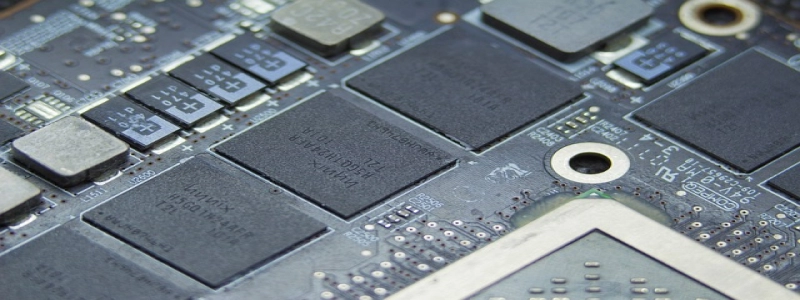Difference Between Cat6 and Cat8 Ethernet Cable
Introduction:
Ethernet cables are widely used to connect devices in local area networks (LANs) and provide high-speed internet connectivity. Cat6 and Cat8 cables are the two most commonly used types of ethernet cables, each offering different features and performance levels. In this article, we will discuss the differences between Cat6 and Cat8 ethernet cables in terms of their speed, bandwidth, and overall capabilities.
1. Speed:
Cat6 cable: Cat6 cables are designed to support data transfer speeds of up to 10 Gigabits per second (Gbps) at a maximum distance of 55 meters. This makes Cat6 cables ideal for most residential and small office network installations, providing fast and reliable connections for everyday internet usage and file transfers.
Cat8 cable: Cat8 cables, on the other hand, are capable of handling higher speeds than Cat6 cables. They can support data transfer speeds of up to 40 Gbps at a distance of up to 30 meters. This higher speed capability makes Cat8 cables suitable for more demanding networking environments, such as data centers or large enterprises, where high-speed data transmission is crucial.
2. Bandwidth:
Cat6 cable: Cat6 cables have a bandwidth capacity of up to 250 MHz. This means that they can efficiently handle and transmit large amounts of data without experiencing significant signal degradation or interference. Cat6 cables are often preferred for applications that involve streaming high-definition videos, online gaming, or handling heavy network traffic.
Cat8 cable: In contrast, Cat8 cables have a much higher bandwidth capacity of up to 2,000 MHz. This enhanced bandwidth allows for better performance and reliability in applications that require extremely fast and uninterrupted data transmission. Cat8 cables are especially suitable for advanced applications like 4K video streaming, virtual reality gaming, and ultra-high-speed data transfers.
3. Shielding:
Cat6 cable: Cat6 cables come with a twisted pair design and are typically shielded with foil or braided shielding material to minimize crosstalk and electromagnetic interference (EMI). This shielding helps to maintain the integrity of the signal and reduce the chances of data loss or corruption during transmission. Cat6 cables are also backward compatible with older ethernet cable standards, ensuring compatibility with existing network infrastructure.
Cat8 cable: Cat8 cables feature a significantly higher level of shielding compared to Cat6 cables. They are equipped with individual shielding for each pair of wires, as well as an overall shield around all the wires. This comprehensive shielding design provides superior protection against crosstalk and EMI, minimizing the chances of signal interference and ensuring optimal data transmission.
Conclusion:
In conclusion, both Cat6 and Cat8 ethernet cables serve their purposes in different networking environments. Cat6 cables are suitable for most residential and small office networks, offering fast and reliable connections for everyday internet usage. On the other hand, Cat8 cables are designed for more demanding applications that require higher speeds and bandwidth, such as data centers and large enterprises. By understanding the differences between these two cable types, users can make informed decisions when selecting the appropriate ethernet cable for their specific networking needs.








